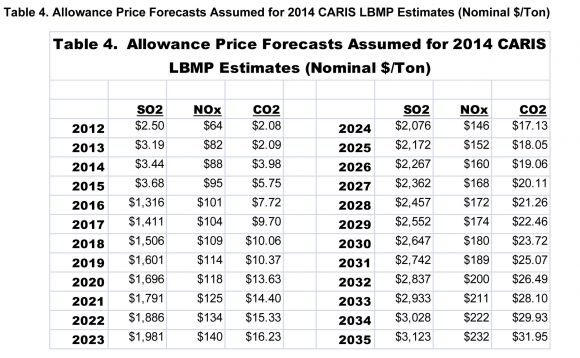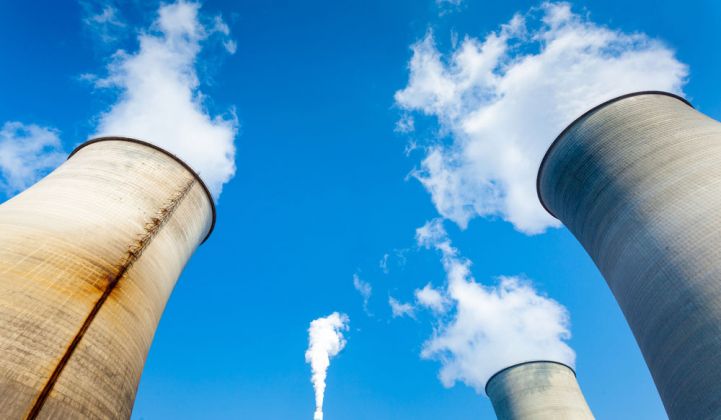The Public Service Commission of New York has opened a new discussion on how to value clean, distributed energy in the state as part of its energy market overhaul initiative, Reforming the Energy Vision.
A white paper filed last week outlined the benefits and costs that will be included in the framework, such as avoided transmission losses and ancillary services of distributed generation.
Some of the calculations are fairly straightforward, while others are not. One of the most difficult issues will be valuing the external costs and benefits of distributed energy. On this point, the PSC offered three suggestions for comment and encouraged interested stakeholders to suggest other approaches.
Rely on values reflected in location-based marginal prices
The first approach is arguably the simplest. It would use the values, in dollars per ton, that New York’s Independent System Operator uses in its congestion assessment and resource integration study for compliance costs for NOx, SOx and CO2. The costs are largely based on the EPA’s cross-state air pollution rule and the Regional Greenhouse Gas Initiative.

However, under those forecasts, these costs are not applied to generators with fleets smaller than 25 megawatts, and therefore any clean, distributed resources that do not emit those gases, such as rooftop solar, would not receive those credits.
Another issue, the PSC notes, is that the values set in the resource integration study were never intended to be an estimate of the full marginal damage cost.
Detailed calculation of net marginal damage costs
The second approach would leverage the model from the resource integration study to calculate the reduction in pollution based on lower system loads due to distributed energy resources.
Those estimates could be multiplied by an estimate of the dollars per ton of marginal damage costs minus the costs already paid at the wholesale bulk level under congestion pricing. The resulting figure would be translated into a dollar-per-megawatt figure and then used to compare emission-free generation to power sources that emit the gases.
The PSC white paper outlined a few concerns pertaining to this approach. One is that it uses the EPA’s estimates for SOx and NOx, which leads to small changes having very large impacts on price per megawatt-hour.
Another problem is choosing the price per ton for the damage caused by CO2-induced climate change. In the meantime, NYSERDA is going to conduct a study that will estimate externalities for all types of energy within New York state.
Additionally, there is an assumption that reducing load will actually reduce emissions at a bulk level, but since the prices are set via cap-and-trade programs like the Regional Greenhouse Gas Initiative, “This assumption is technically wrong.”
Even with many technical issues to hammer out with the second approach, the PSC noted this method “may provide the most complete, rational and defensible approach for valuing the damage attributable to emissions of carbon dioxide and other pollutants,” even though the other methods could be easier to implement.
Large-scale renewable parity
The third approach is based on New York’s renewable portfolio solicitations, where NYSERDA pays a price for renewable energy credits to clean energy generators. The average of these prices is about $25 per megawatt-hour.
This approach would simply add $25 per megawatt-hour to the location-based marginal prices when comparing grid-level, traditional energy to clean, distributed energy. The figure would be recalculated as large-scale renewable programs evolve.



